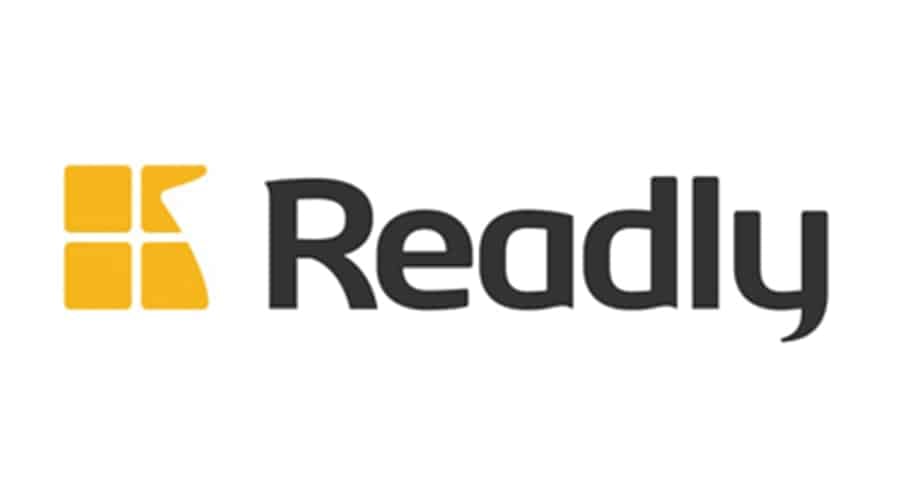Readly has revealed their reading trends and top 10 increasing categories over the last year.
There is no denying that the Covid pandemic has had an impact on how and where we spend our time. Recent figures from Readly have shown that a large portion of us chose to turn to reading as a pastime and with a number of restrictions in place many chose to consume content digitally.
Beyond the world of celebrity and entertainment (which still showed an increase of over 94%), Australians have broadened their tastes when it comes to the magazines they read. On average, Readlys’ subscribers read 13 titles per month. Our interest was piqued primarily in topics in which our increased time at home could be put to good use – primarily with gardening (95% increase), home and renovation (95%), crosswords and sudoku (94%), interior design and architecture (93%), craft and DIY (92%) and Health and Wellness (91%), all coming in with growth north of 90%.
Weddings have seen the largest increase of profile interest across all readers on the platform with 98% growth when compared to January/February of 2020. The genre dedicated to kids also saw a growth of 95% year on year, rounding out the 9 categories which had recorded this level of increase.
Top 10 Readly categories Jan/Feb 2020 vs Jan/Feb 2021
• Wedding – 98%
• Gardening – 95%
• Home & Renovation – 95%
• Celebrity & Entertainment – 94%
• Crosswords & Sudoku – 94%
• Kids – 94%
• Interior Design & Architecture – 93%
• Craft & DIY – 92%
• Health & Wellness – 91%
• Animals & Equestrian – 89%
From November 2020 to February 2021 and as Summer and Christmas holidays approached and the majority of us had minimal travel plans, we turned to keeping the kids occupied. Our younger readers took the reins as increases in comics (90%), teen and young adult content (67%), gaming (55%) and kids (45%) were recorded over the summer. Notably, the category of history registered an increase of 48% readership during the last quarter, growth which can be attributed to the recent launch of Readly Articles, which allows users to read content as stand-alone articles.
